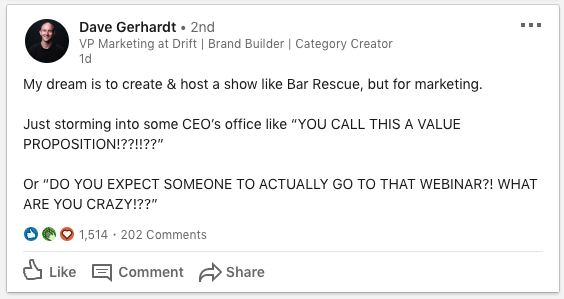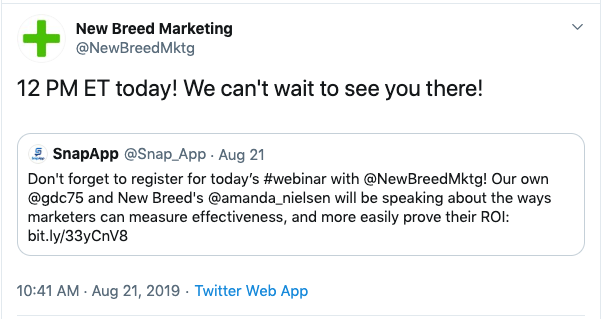Let’s face it: social media is everywhere. Whether it’s the first thing you check on your phone when you wake up or the last thing you see before heading to work, chances are that you use social media on a regular basis throughout your day.
On its own, social media can’t sell your product or service for you, but with the right set of strategies behind it, social media is a powerful marketing tool that can captivate an audience across multiple platforms. It is no longer good enough to just have a Facebook page or a LinkedIn profile; you need to be active on those networks, posting content, sharing information and encouraging conversations every chance you get.
If your business is still not convinced that their customer base is using social media, consider these statistics:
- There are over 2.38 billion monthly active users on Facebook worldwide
- 74% of people use Facebook for professional purposes
- LinkedIn has over 500 million users, and 40% of members visit the platform each day
- Instagram has over 1 billion active monthly users
- Twitter has 330 million monthly active users.
- 45% of people go to social media first when they have questions or issues, and 21% of consumers prefer messaging a brand via social instead of calling customer service.
-
21% of people are more likely to buy from brands they can reach on social media.
What Do You Need To Do To Improve Your Social Media Strategy?
1. Don’t just create content for the sake of creating content; create an experience within a given platform. Your content shouldn’t just direct folks to different links or content offers — you want to keep them engaged in the same platform that they found you in. By meeting a prospect where they are online, you’re continuing to offer value and providing an engagement that a prospect wouldn’t otherwise have.
2. Take advantage of different channels as much as possible! If you have a blog post that you really want to share on Twitter, you can pair it up with an eye-catching infographic or photo to maximize your chances of being seen online.
3. The people behind your social media accounts aren’t robots, and they shouldn’t be posting like one either. Utilize authenticity in your social media copy, and try to engage with your audience as much as possible. If you act like a human being online, you’re more likely to genuinely engage with your audience, rather than just shouting into a void.

4. Don’t ignore negative comments: use them as an experience to provide outstanding customer service. Negative feedback highlights opportunities for improvement, and dealing with it properly can have a very positive result.
If a larger issue is brought up on social media, consider contacting the individual directly via personal email or private message. If someone seems particularly negative, do a little research to see if they have a history of complaining. You should reply regardless, but don’t waste your energy and reputation getting into a heated argument.
5. Track, track, track. Make sure you’re monitoring the performance of your social media accounts and using that data to better understand your audience online. Social media reporting tools, like HubSpot’s, can help with this by providing detailed reports on your social media campaign analytics.
Are your videos performing well on LinkedIn, but not on Twitter? This information will help you develop a killer social media strategy, and ultimately, optimize your presence online.
6. Engage with and support your co-marketing partners. If you’re asking someone to collaborate with you on a webinar, it’s important you follow their content and understand the core of their brand identity.
7. Add social media buttons to your email campaigns, your website and your blog posts to drive traffic. Try to incorporate as much cross-promotion whenever appropriate — you want to continue engaging with your audience, on- and off-line.
8. Embrace your mistakes online and handle them with care rather than deleting them. Everyone makes mistakes; if nothing else, it will humanize your brand even more.

9. Learn from your competition, but be careful not to copy them. It’s important to stay up-to-date on industry trends, and sometimes the best way to do that is to observe your competition. How do you compare to them? Do they utilize any strategies you could adopt to fit your brand?
10. Talk to your sales team. If you know who your sales team is talking and selling to, then you will have a better idea of who to build content for. A service-level agreement between your sales and marketing teams can help facilitate this conversation and continue a smooth integration of alignment.
Learn more about how your company can leverage social media by downloading our e-book, Scaling with Social:
This post was originally published June 6, 2014.





